After a brief diversion the past few posts, Chasing Amazing’s “One Month” marches on as we tackle 1985’s Web of Spider-Man #1. Web of was the first Spider-Man ongoing series to launch during my lifetime and was the replacement of Marvel Team-Up.
Web of is a series that has always left me a bit puzzled. I’ve heard people speculate that the title was always meant to be a little “grittier” than the other two Spidey books (Amazing Spider-Man and Spectacular Spider-Man), or that it was supposed to focus more on Peter Parker out of costume, but in conversations with former Spider-book group editors, I’ve never had anyone of authority confirm that for me. As such, I never fully understood what Web of’s purpose actually was beyond using Spider-Man’s image to sell more comic books (not that there’s anything wrong with that).
Because of the book’s inability to differentiate itself, I never actively sought it out at the comic book store unless it tied-in to other ongoing storylines in Amazing and Spectacular (and later adjective-less Spider-Man, which at least had the selling point of being a Todd McFarlane production when it first launched). That’s why whenever I go back and sift through my childhood comic book collection, most of the Web of issues I own are part of “Kraven’s Last Hunt,” “Maximum Carnage” and the “Clone Saga.”
Despite my general indifference to the series, Web of Spider-Man #1 is actually a very interesting issue in retrospect, especially to someone like me who first had his mind blown by a Spider-Man comic with ASM #300, the first full appearance of Venom. After demonstrating that Spider-Man’s newly acquired black suit was a living symbiote in ASM #258, Web of #1 establishes that the alien is not only a survivalist, but is also quite evil and malicious in how it attempts to bond to its host. This illustration of the symbiote’s personality would go on to be a critical part in how it bonds to Eddie Brock to create Venom – a supervillain that has a seething, personal hatred for Spider-Man.
Other historic tidbits from Web of #1 include the issue marking the first time it has been established that the symbitoe does not trigger Spider-Man’s Spider Sense (again, this proves important when Venom arrives on the scene a few years later). We also get a visual of Peter using the sound from large church bells to break the bond with symbiote – a scene that wound up in Sam Raimi’s Spider-Man 3.
Add all of these plot points together and you have a fairly significant comic book for anyone who finds value in symbiote-centric Spider-Man stories. Re-reading this issue nearly 30 years after the fact reminds me of another comic-related question that I can never seem to get a straight response to: What was Marvel’s plans with the black suit/symbiote after it was first introduced in Amazing Spider-Man #252/Secret Wars #8?
The answer I tend to get is that no one could have ever predicted the popularity of the back suit, therefore everything that came after, Venom, Carnage and 900 other characters that are in one way or another connected to this little black alien glob, was just a case of riding out the thing’s popularity until it went bust. But a comic like Web of #1 seems to fly in the face of all that. When reading this comic in 2014 with the power of 20-20 hindsight, it seems to be littered with foreshadowing and intent. If the black suit was just a gimmick designed to get people to buy more comics (and action figures – don’t forget those Secret Wars action figures) over the short-term, why give this thing a personality? If Venom was just a random byproduct of Marvel’s editorial department trying to hit upon the next great Spider-Man villain, why establish all of the ways the symbiote had an advantage over Spidey and how it’s vulnerable to certain things?
It’s fair t be cynical about this idea that everything connected to the symbiote was some kind of “happy accident,” because Venom ended up being too popular of a character to just happen without planning or research. I have read the stories that at one point, Venom co-creator David Michelinie wanted the villain to be a female before Marvel editorial stepped in and figured the fan’s would response much better to a muscle-bound sociopath like Brock. But that doesn’t mean as early as 1985, somebody at Marvel (most likely group editor Jim Owsley) wasn’t thinking that this creepy alien symbiote could be the foundation of something “big” down the road.
If that’s the case, that makes Web of Spider-Man #1 a wonderful instance of long-term planning and story building from Marvel – emanating from an era that was known for much of editorial disarray that nobody knew what Spider-Man was doing two issues out half the time. A bout a year-and-a-half later in Web of Spider-Man #18, a mysterious hand would push Spider-Man into the way of an oncoming train (without triggering his Spidey Sense), and about a year-and-a-half after that, Todd McFarlane and Michelinie officially introduced the world to Venom.
With such important stuff (as it pertains to Venom and the symbiote) originating from Web of, maybe this was a series I shouldn’t have been ignoring back when I was in elementary and junior high school. Of course, I have heard from some of my readers that outside of issue #1 and #18, it’s mostly a poorly written series that was, in every sense, a tertiary title. Ether way, in terms of first issues of a series, Web of #1 might be the most historically significant No. 1 Spider-Man book since ASM #1 in 1963.

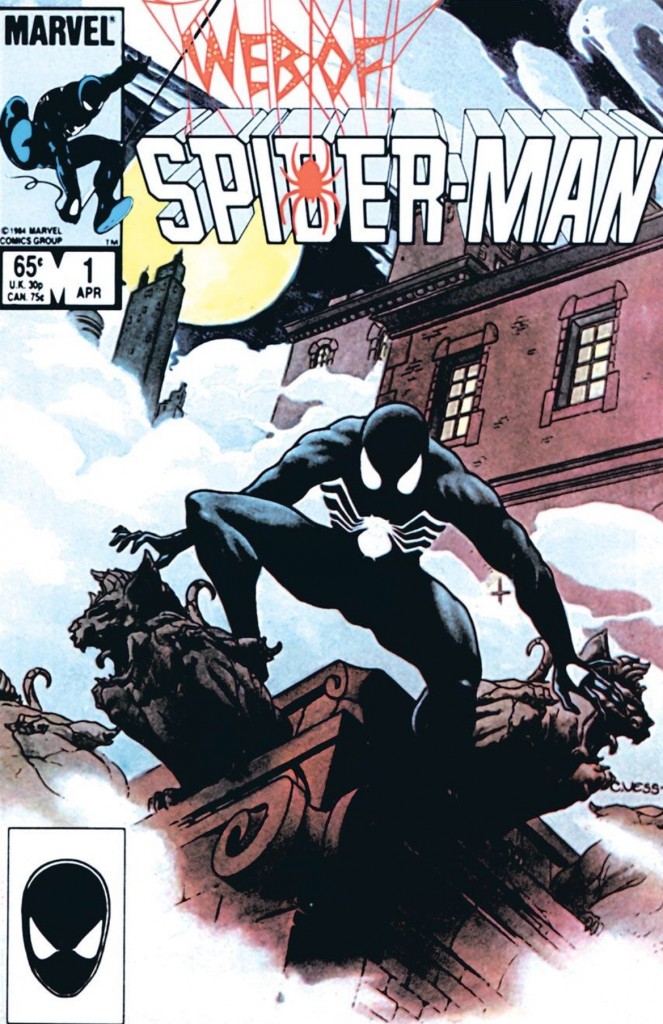
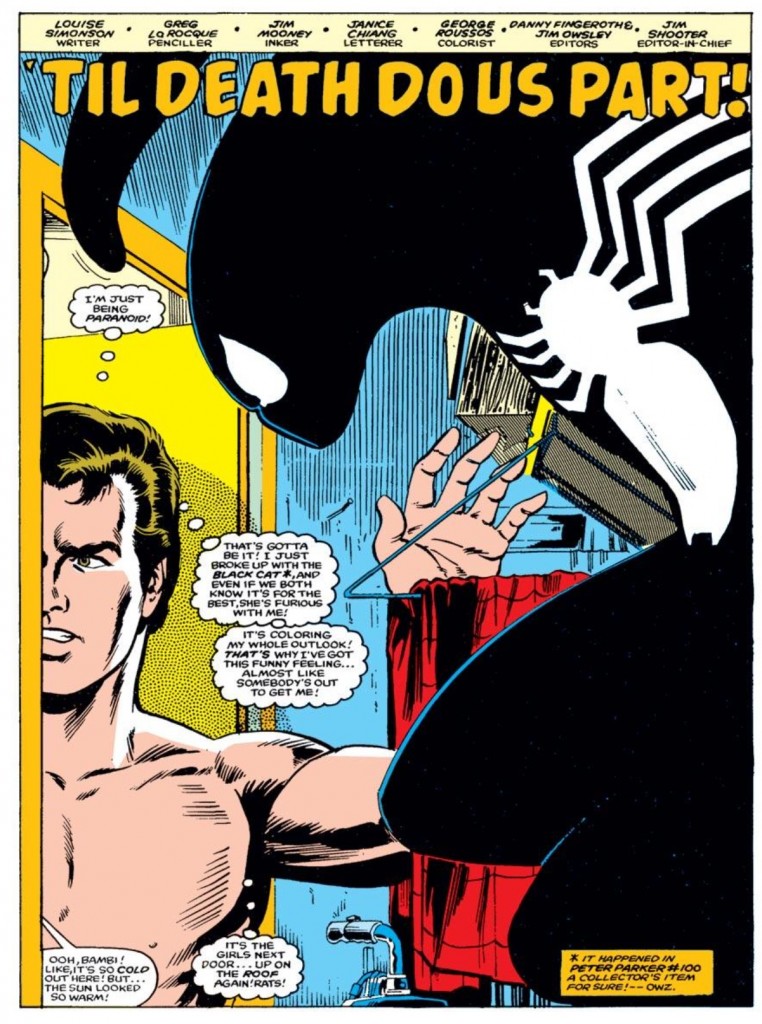
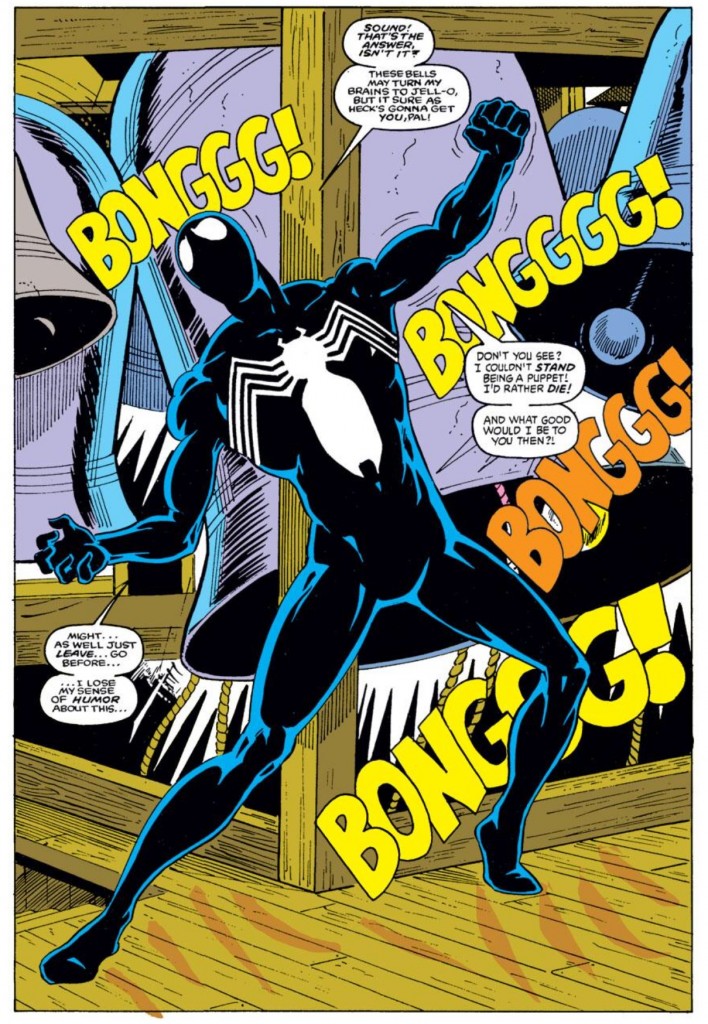
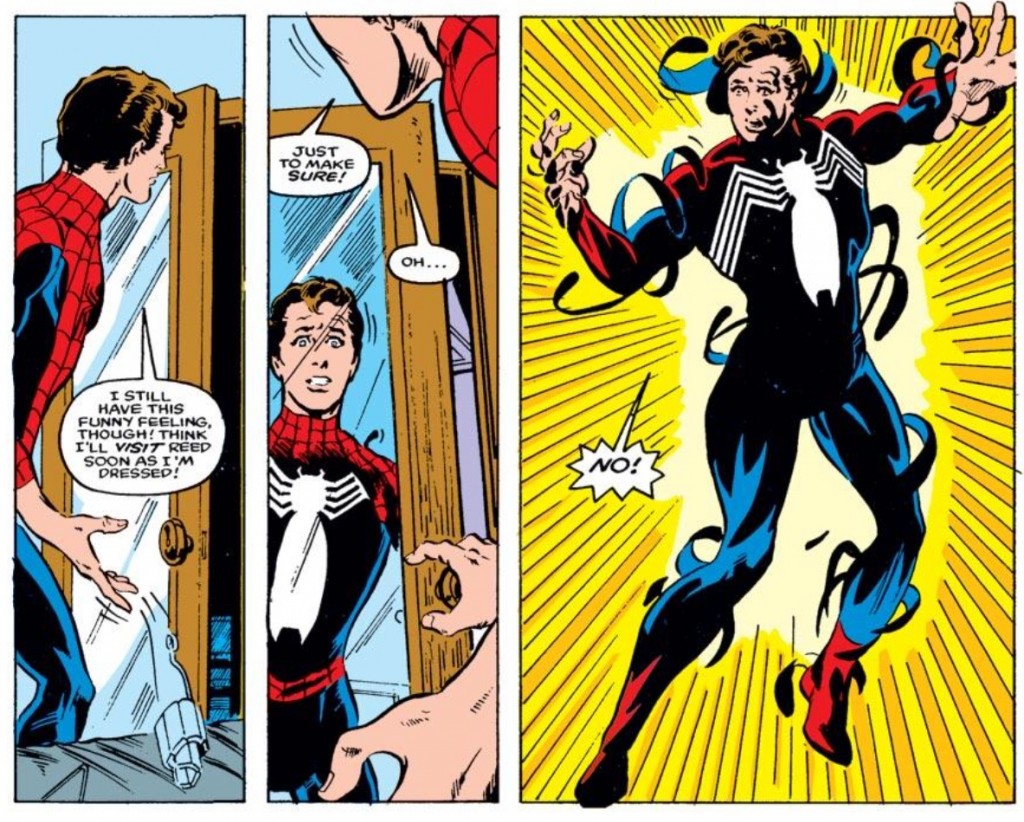
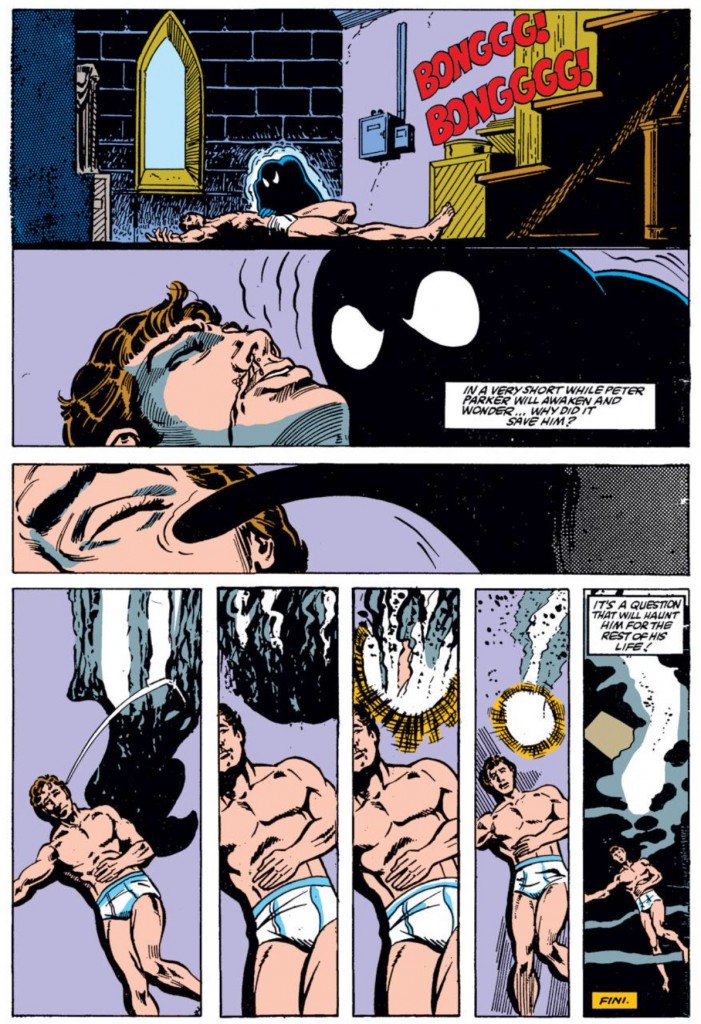


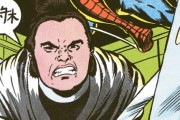
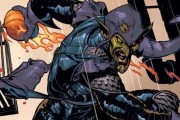
“Of course, I have heard from some of my readers that outside of issue #1 and #18, it’s mostly a poorly written series that was, in every sense, a tertiary title.”
There is some truth to that, but, as with any title, there are definitely some sleeper hits.
Web of Spider-Man #8-9, by Michelinie, is among my favorite Spidey stories ever, with a shocking ending that gives a snapshot into the dark side of journalism.
There’s also #49, written by Peter David. At first, the issue reads like it’ll be just another anti-drug comic, but it has some hidden depths that help contrast the naivety of the main characters with the cynicism of the time. In many ways, its climax reflects back on that same dark side of journalism that got touched on in Web #8-9 and in the beginning of Spider-Man vs. Wolverine.
All 3 issues are definitely worth a read. You should check ’em out if you haven’t already!
Hello. I found an excellent “Web of” Spider Man comic book while on vacation in Quebec City this past week. The date on the cover is November 8, 1985. I purchased it (for CAD$15) at a shop selling vintage and antique objects and books. I came across the shop while on the hunt for antique French dolls because I previously had discovered such treasured dolls in French-speaking Quebec province’s small towns and major cities (Quebec City and Montreal).
Immediately upon spotting the comic book in the shop window — above a vintage Tweety Bird mug and to the left of a vintage Aston Martin– I knew that a 1985-dated “Web of Spider Man” comic book would make a wonderful Christmas gift for my older brother, a serious lifelong collector and lifelong reader of comic books.
When I saw Spider in a black suit, I was transfixed! My question is: Is the aforementioned this comic book valuable in any way? No matter what the answer, I will give this special, even if not rate, “Web of Spider Man” comic book to my brother this Christmas. Thank you.